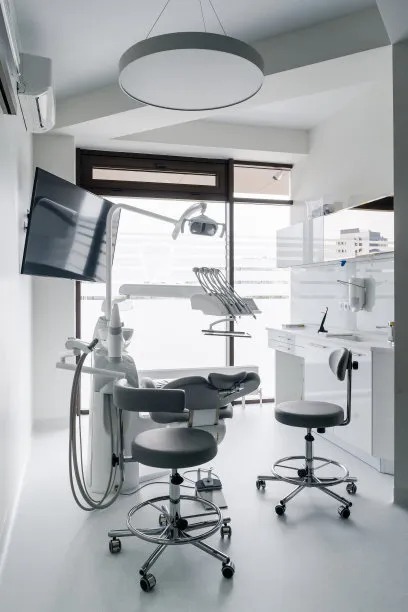Essential Steps and Considerations for Safely Extracting a Tooth at Home or in a Dental Office Setting
Summary: Tooth extraction can be a daunting process, whether its done at home or in a dental office setting. This article provides essential steps and considerations for safely extracting a tooth. We delve into the importance of consultation with a dental professional, the preparation required before the procedure, the actual extraction process, and post-extraction care. While dental offices provide a controlled environment with professional assistance, some may find themselves needing to perform extractions at home due to various circumstances. This guide aims to clarify the necessary precautions and techniques to minimize risks and ensure the best outcomes in both scenarios.
1. Importance of Professional Consultation

Before attempting any tooth extraction, it is crucial to consult a dental professional. They can accurately diagnose the condition of the tooth and decide if extraction is necessary. This is especially vital for patients with underlying health conditions that might complicate the extraction process. A dentist’s expertise ensures that you have the correct information and support required.
A dental consultation also helps establish appropriate expectations for the procedure. Patients can discuss their concerns, and the dentist can provide details about what will happen during the extraction, including anesthesia options and potential risks. This competency allows patients to make informed choices about their dental care.
2. Preparation Before Extraction Procedure
The preparation stage is critical for ensuring a safe tooth extraction. For those proceeding with the procedure at home, gather all necessary tools: sterile gauze, dental floss, antiseptic solution, and a pair of sterilized pliers. Additionally, ensure you have a reliable source of pain relief, such as over-the-counter medications, ready for after the extraction.
Furthermore, preparing the extraction site is essential to minimize infection risk. Brush and floss your teeth thoroughly, and rinse your mouth with an antiseptic mouthwash. If you’re in a dental office, expect the dental team to perform these tasks and create a sterile environment.
Hydration and a light meal before the procedure can also play a significant role. A full stomach helps to prevent light-headedness during the extraction, particularly important if anesthesia or sedation is used. Proper preparation greatly impacts the extractions success and the patient’s overall experience.
3. Safe Tooth Extraction Techniques
The actual process of tooth extraction should be done with care and precision, especially if performed at home. Begin by ensuring the tooth is sufficiently numb, using topical or injectable anesthetics as advised by a health professional. If you are in a dental office, professionals will handle sedation, ensuring minimal discomfort during the procedure.
Using a gentle rocking motion, grip the tooth firmly and apply even pressure to loosen it from the socket. Avoid excessive force, as this could lead to broken tooth fragments or damage to surrounding gums. In a dental setting, dentists will utilize advanced tools such as elevators and forceps to facilitate a smoother extraction.
Post-extraction bleeding is common. To control bleeding, apply sterile gauze to the extraction site and maintain gentle pressure for about 30 minutes. In case of persistent bleeding, following the instructions given by the dentist or medical professional is essential to manage the situation appropriately.
4. Post-Extraction Care and Recovery
Post-extraction care is vital to ensure proper healing and prevent complications. After a tooth extraction, whether at home or in a dental setting, its crucial to rest and avoid strenuous activities. Taking prescribed pain relief or over-the-counter medication as directed helps minimize discomfort and pain.
Dietary considerations also play a vital role in recovery. Consuming soft foods and avoiding hot liquids for the first 24 hours after extraction can prevent irritation and discomfort at the extraction site. Gradually reintroducing normal foods as healing progresses is advisable.
Keeping the extraction site clean can help minimize the risk of infection. Rinse with salt water after the first 24 hours and follow the specific oral hygiene recommendations provided by the dentist. Pay attention to signs of infection, such as increased swelling, fever, or persistent pain, and contact your dental provider if any concerns arise.
Summary:
In conclusion, safely extracting a tooth involves several crucial steps, including professional consultation, thorough preparation, careful execution of the extraction, and diligent post-operative care. While dental professionals offer a safe environment with their expertise, effective Home extraction is possible with proper knowledge and resources, but it should not be taken lightly.
This article is compiled by Vickong Dental and the content is for reference only.



